Researchers still do not know whether poisonous mushrooms are responsible for the deaths of many people who visited King Tutankhamun's tomb, giving rise to the "mummy's curse".
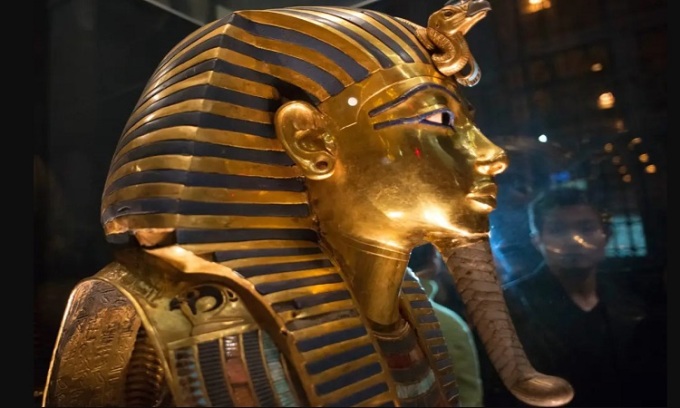
The gold burial mask of King Tutankhamun. Photo: Reuters
In 1922, British archaeologist Howard Carter discovered the tomb of King Tutankhamun after six years of searching. The tomb is located in the Valley of the Kings near Luxor, Egypt, and the treasures inside are among the most legendary finds in archaeology.
On the day Carter opened the tomb, a snake bit his canary, leading many to suspect it was a "warning from the king's spirit to deter intruders." More and more people involved in the excavation died, fueling rumors that Carter had unleashed the mummy's curse, according to Business Insider . However, as the decades passed, scientists began to wonder if there was a more realistic explanation behind the deaths of Carter's team members.
In April 1923, George Herbert, the 5th Earl of Carnarvon, developed a fever and a persistent cough in a Cairo hospital. When he died on April 5 of that year, the lights in the city went out. At his home in Hampshire, England, Herbert’s dog, Susie, died a few hours after her owner. The New York Times reported that Herbert died of pneumonia, caused by an insect bite he had contracted while shaving. But Herbert had been present at the opening of King Tutankhamun’s tomb a few months earlier, and rumors of a mummy’s curse arose.
Rumors of a curse continued to spread when American financier George Jay Gould died of pneumonia in May 1923, a few months after visiting the tomb. Philip Livingston Poe, a relative of Edgar Allen Poe, also contracted pneumonia a few months after visiting the tomb in 1923. His illness was linked to the “mummy’s curse” by the press, although he lived for another 47 years. When Richard Bethell, Carter’s secretary, died in 1929, many newspapers listed him among the deaths linked to the excavation.
In total, the death toll attributed to the curse ranges from nine to 20, depending on whether the list includes visitors to the tomb and relatives of the excavators. The causes of death are as varied as car accidents, shootings, house fires, and suicides. Dozens of Egyptian laborers contributed to the excavation of King Tutankhamun’s tomb. Since Carter never mentioned them in his logs, they were rarely mentioned in the press, and it is difficult to know how the excavation of a thousand-year-old tomb affected their health.
Over the centuries, some scientists have wondered whether the deadly substance lurking in King Tutankhamun’s tomb was a poisonous mushroom. Two doctors published a paper in the Lancet in 2003, concluding that aspergillus, a common fungus, might have made Herbert sick. Aspergillosis causes coughing and difficulty breathing, but symptoms are more severe in people with weakened immune systems. Herbert traveled to Egypt after a serious car accident damaged his lungs, making him particularly susceptible to the fungus.
In a 2013 study, a team of researchers at Harvard University looked at brown spots on the walls of King Tutankhamun's tomb. Microbiologists wanted to determine whether fungi or other bacteria were responsible for the brown spots and posed a health threat to visitors.
While the analysis revealed evidence of fungal and bacterial colonies, they were dormant and posed no threat to visitors. They were unable to conclude whether aspergillus or any other fungi contributed to Gerbert or Gould’s deaths. Today, archaeologists often wear gloves, masks, and disposable clothing to protect themselves from mold.
An Khang (According to Business Insider )
Source link


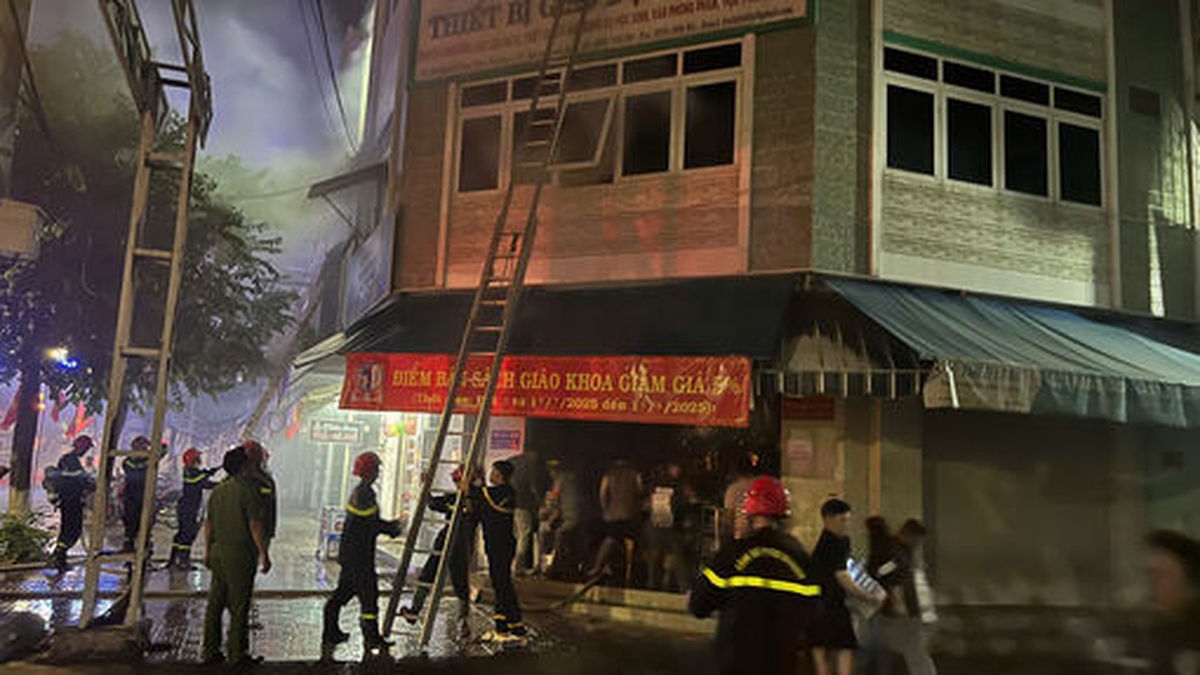


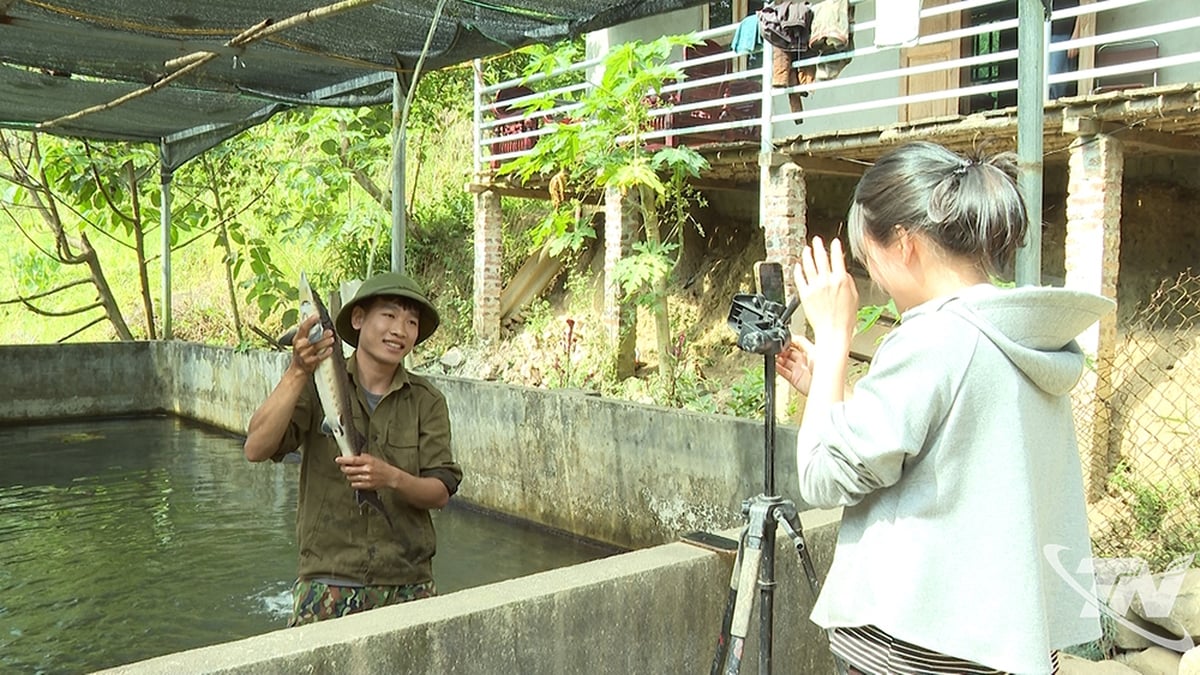

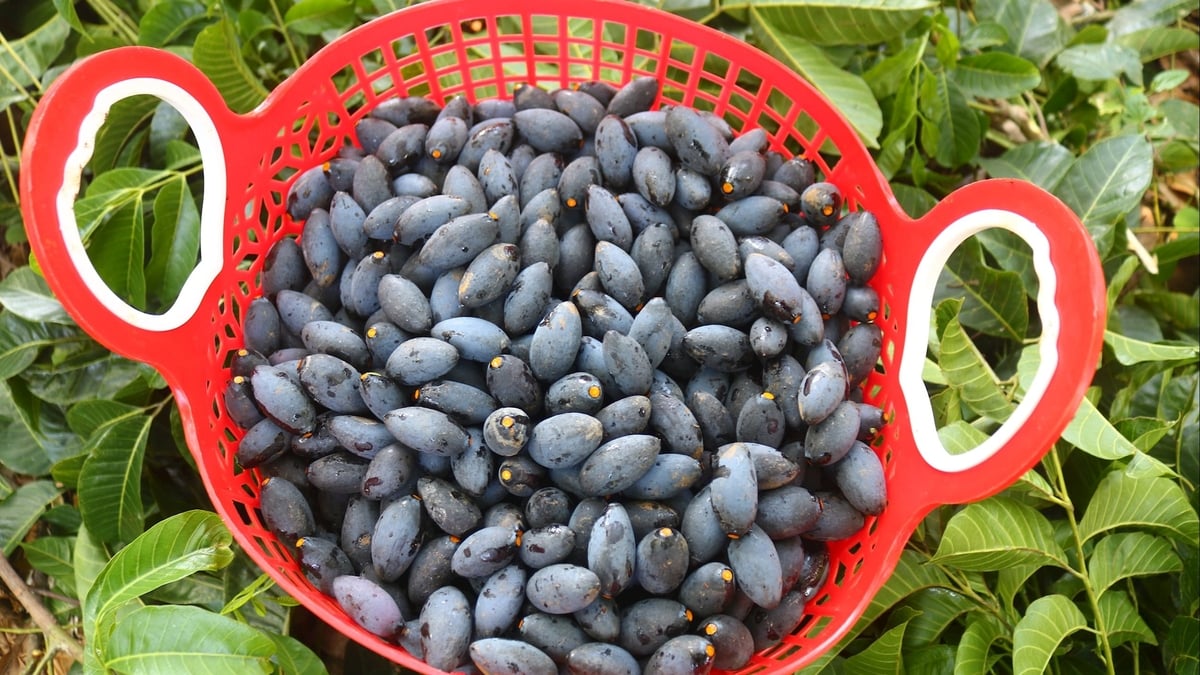


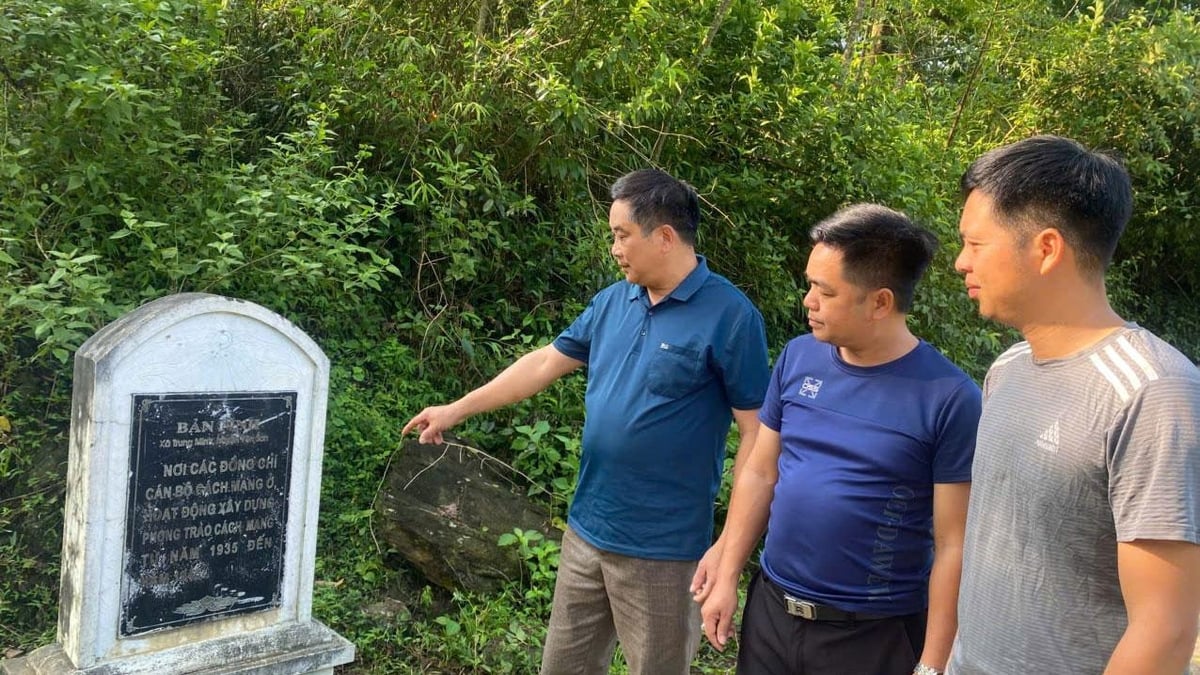












![[Photo] Nghe An: Provincial Road 543D seriously eroded due to floods](https://vphoto.vietnam.vn/thumb/1200x675/vietnam/resource/IMAGE/2025/8/5/5759d3837c26428799f6d929fa274493)










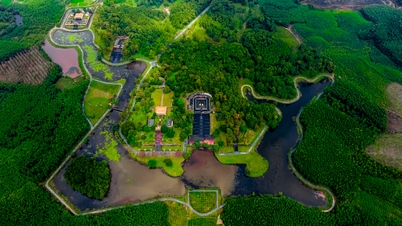



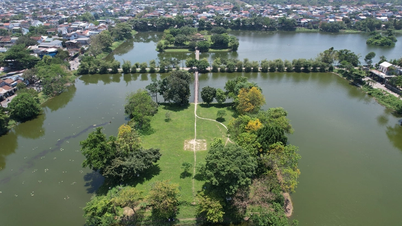
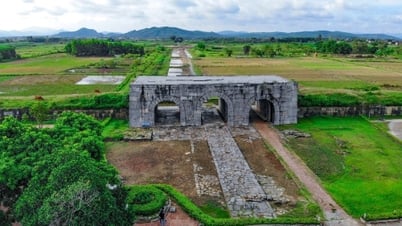

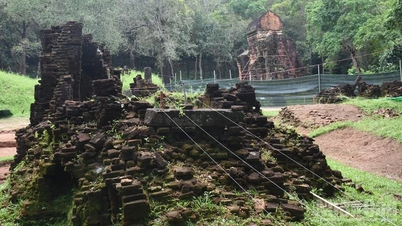





























































Comment (0)